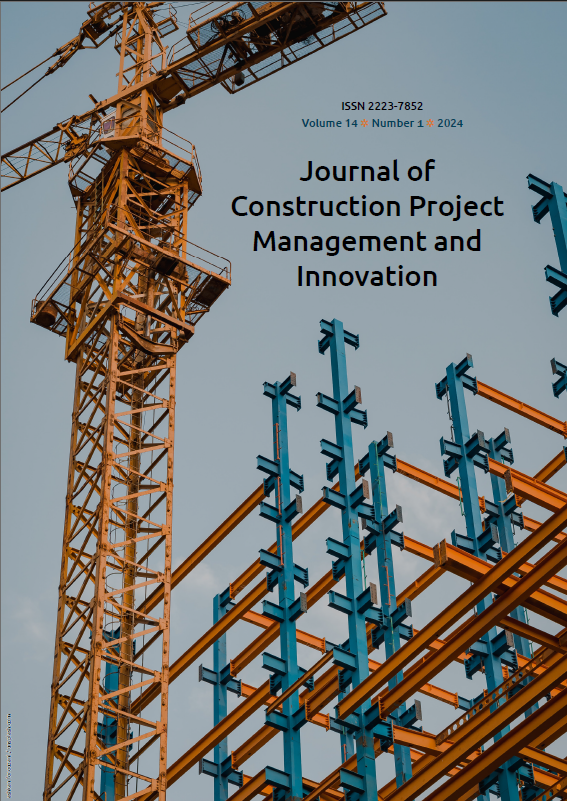A participatory data-driven approach for unpaved road condition monitoring
Main Article Content
Keywords
Condition monitoring, forecasting, gravel roads, nowcasting, participatory data collection, unpaved roads
Abstract
Unpaved roads, usually found in rural and sparsely populated areas, are prone to dust, potholes, corrugations, rutting and loose gravel and deteriorate faster than paved roads. Thus, they require regular condition monitoring to keep them at the required level of service. However, the cost of condition assessment could be huge, considering how vast and far away they are from the cities. Currently, subjective visual surveys and manual methods for monitoring and assessing the condition of unpaved roads dominate, while data-driven objective methods are not commonly applied for maintenance planning and decision-making. The paper proposes a participatory data-driven approach for unpaved road condition monitoring based on the literature and an exploratory case study of road maintenance practices in Sweden and Zambia. Participatory data collection empowers regular unpaved road users to collect road condition data, for instance, by equipping their vehicles with the relevant data acquisition devices embedded with a global positioning system (GPS) as they drive on unpaved roads on a typical day. By integrating open data collection aligned with sustainable practices, regular unpaved road users (garbage collectors, postal service providers, and road owners) share the collected condition data with the road governing bodies and process it for Nowcasting and Forecasting the unpaved road condition, thus providing valuable information for condition monitoring of unpaved roads. Thus, road users can support long-term maintenance planning and decision-making, potentially improving unpaved road management and minimising the cost of collecting and evaluating unpaved road condition data. However, the participating road users require training in data acquisition, and the vehicles must be calibrated according to the sensor properties, vehicle vibration response and speed to ensure quality data collection. Based on the literature and the case study findings, participatory data collection for unpaved roads can provide an efficient and effective alternative for collecting road condition data, accomplishing broad coverage.






